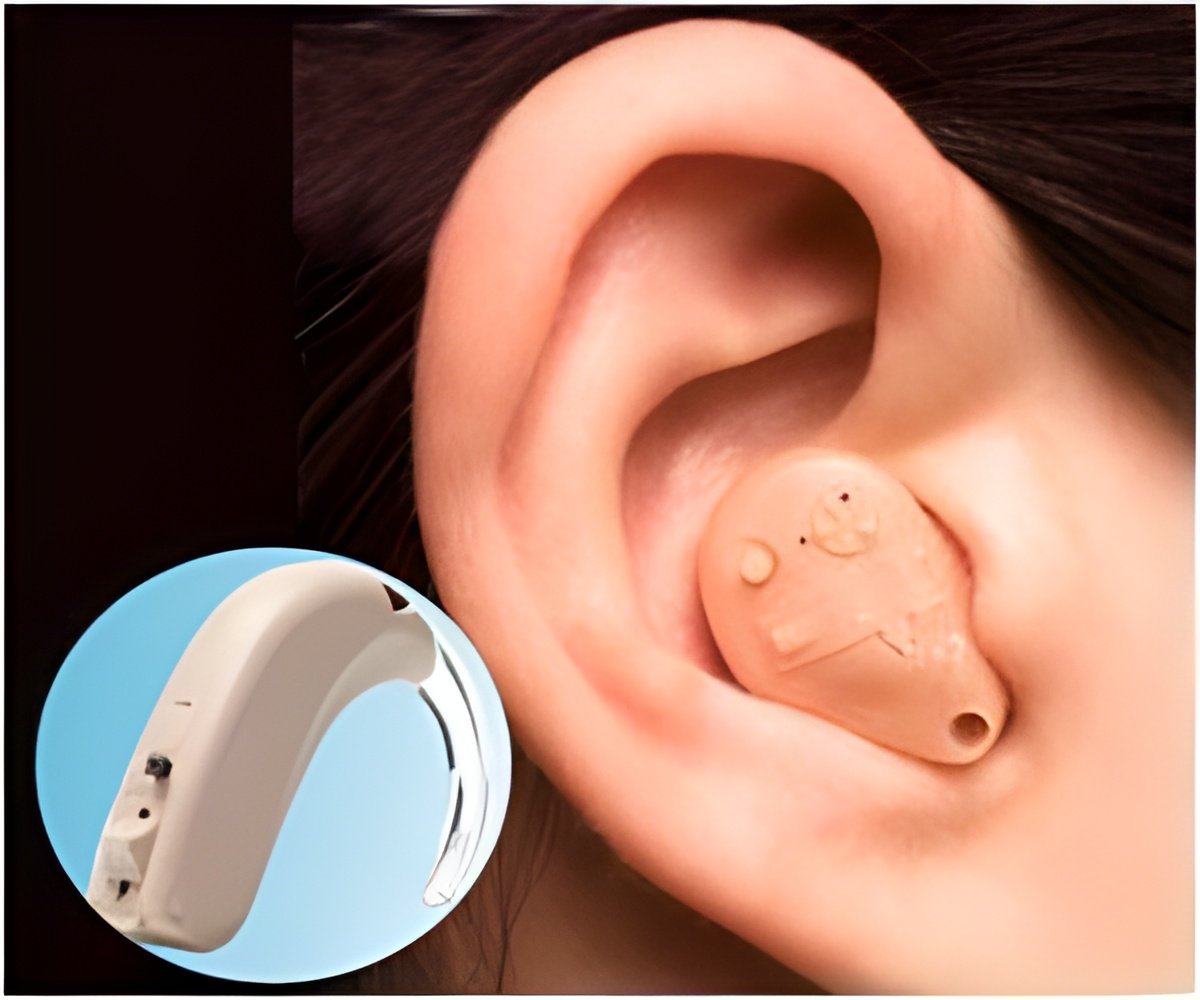
In two separate papers and a presentation at the 130th Audio Engineering Society convention in London on May 14th, 2011, Stephen Ambrose, Robert Schulein and Samuel Gido of Asius Technologies of Longmont, Colo., describe how sealing a speaker in the ear canal dramatically boosts sound pressures and how a modified ear-tip can help alleviate, or even eliminate, that effect. "We tried for years to turn down the volume but still experienced audio fatigue, even at the lowest levels we could get by with on stage," says Ambrose, who has been leading the development of in-ear monitors for more than 35 years as a musician and audio engineer for leading artists and film studios.
"The fatigue couldn't simply be 'fixed in the [audio] mix' because it now appears to be a physiological phenomenon," he adds. "It wasn't a problem with electronics, but rather mechanics." Using physical and computational models, the researchers show that sound waves entering a sealed ear canal create an oscillating pressure chamber that can produce a potentially dramatic boost in sound pressure levels. Data from the models coupled with laboratory observations suggest that the boost triggers the acoustic reflex, a defense mechanism in the ear that dampens the transfer of sound energy from the eardrum to the cochlea by as much as 50 decibels, but does not protect the ear drum from the excessive shaking. "Paradoxically, the protective reflex makes loud volumes seem lower than they really are," adds Gido, "potentially prompting the listener to turn up the volume even more." The ear drum, already shaken by the oscillations of the pressure chamber, is further impacted by the boosted volume. The resulting physical strain, along with the repeated activation of the tiny muscles involved in the acoustic reflex, are what the researchers believe may lead to listener fatigue. To counter the oscillations, Ambrose and his colleagues developed a way to use a membrane outside the ear drum to take the brunt of all the pounding. This "sacrificial membrane" disrupts the excessive pressure waves, protecting the ear drum and preventing the triggering of the acoustic reflex, ultimately leading to lower, safer listening volumes.The papers describe two approaches for introducing the new technology. The simplest involves a retrofit that can be applied to existing in-ear headphones and builds upon earlier studies of hearing aids. For decades, audiologists have known that sealed ear canals create distracting side effects, such as the occlusion effect that causes one's voice to sound muffled. In years past, audiologists drilled small holes to alleviate the pressure; however, the holes also led to squealing feedback effects and diminished sound quality.
Source-Eurekalert








